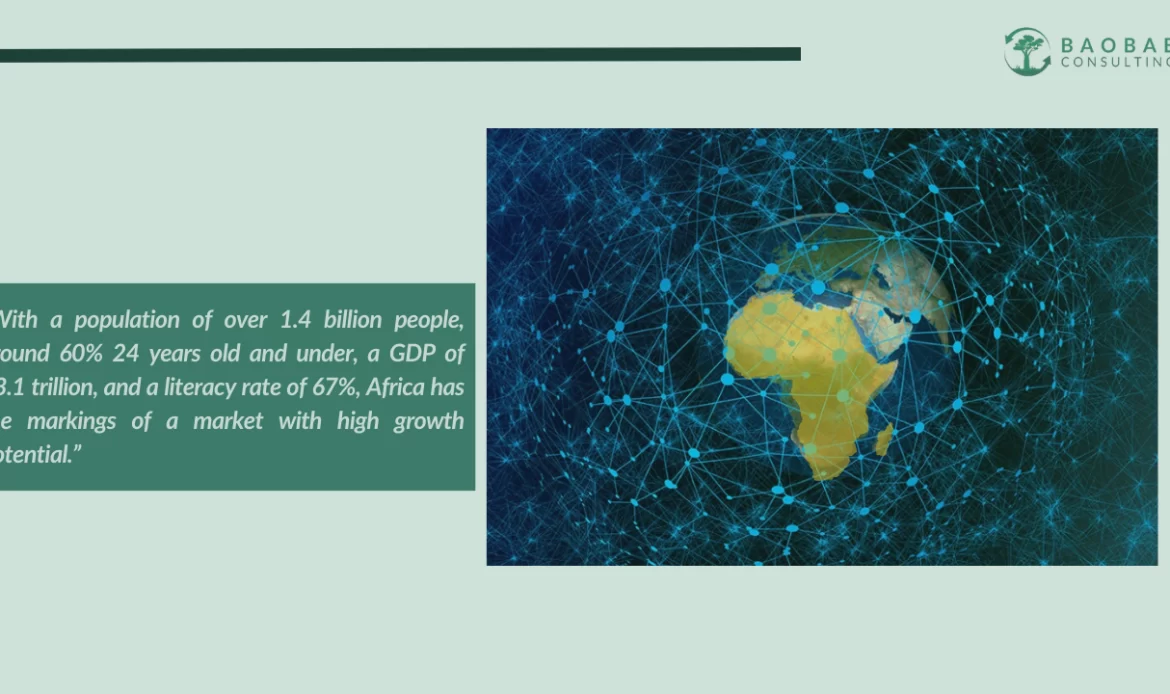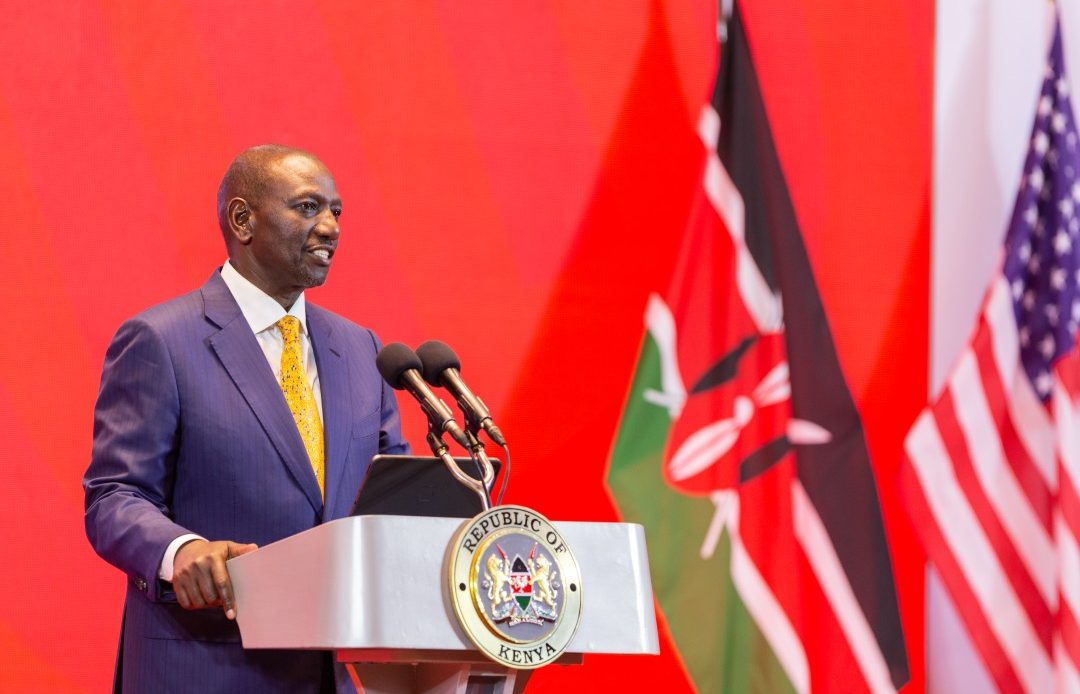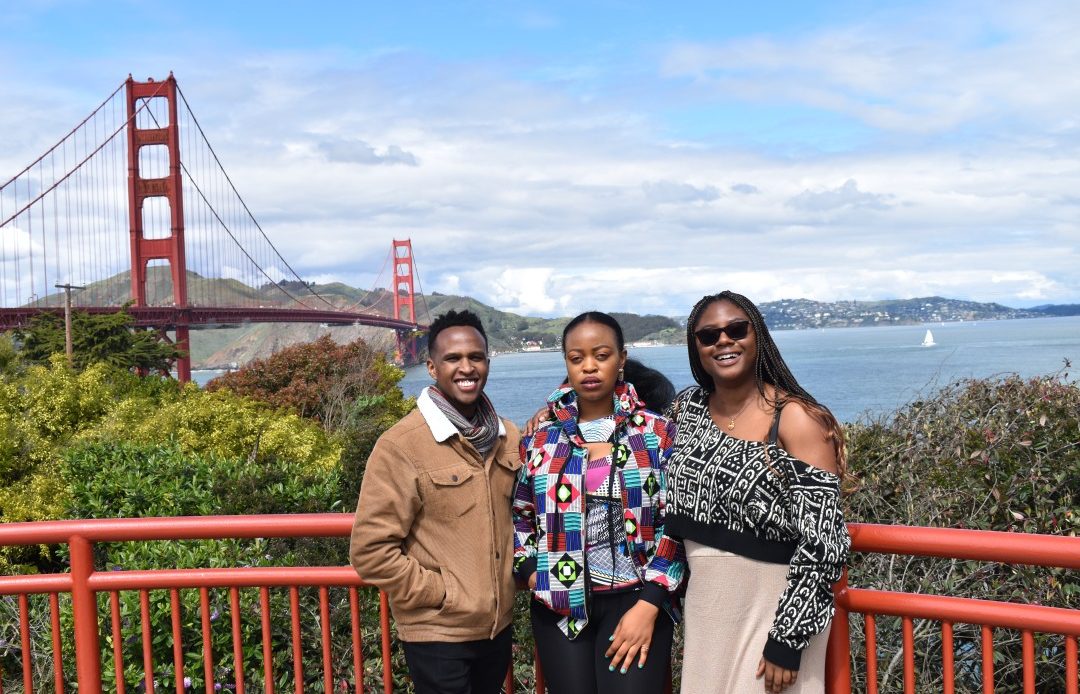The Gall-Peters projection more accurately portrays the geographic size of Africa compared to the Mercator projection. Its use as the default world map represents a paradigm shift for our perspective of Africa and other non-imperialist regions’ position among global powers.
By: Gabrielle Posner
“The Culture Map” by Erin Meyer surfaces eight “dimensions,” whereby hidden cultural differences among colleagues may interact – and many times clash – in multicultural workplaces. Drawing from her experiences working across the world, Meyer sparked a conversation on the impact of national culture on an increasingly global workplace. Though her illustrative anecdotes from African cultures are minimal, as is too often the case in “global” conversations.
Western professionals should make the effort to understand African workplace cultures for at least two reasons: equity and self-interest. Western nations have leveraged their relative wealth and power to set the tone for business norms. As a result, African nations are forced to adapt to the culture of their Western counterparts in order to reap financial and professional benefits. Many see this a choice to either prosper or perish and thus cater to the former colonizer. If Westerners are committed to equity, they should make an effort to learn and adapt to the perspectives of their African colleagues; this is especially true for “expats” who are guests in their African colleagues’ home culture.
By 2035, Africa’s working population will contribute more to the global labor force than the rest of the world combined. Further, top companies in Africa grow faster and are more profitable than others across the globe. In the next few decades, the likelihood is high that Western professionals will closely collaborate with African colleagues. As Meyer argues, professionals working with multicultural colleagues must break through the “invisible boundaries” of culture to maximize their team efficiency.

Two Baobab Consulting colleagues coworking in New York City. From left to right: Gabrielle Posner (American living in Kenya, article author) and Tony Muchai (Kenyan living in America).
In this article, I speak from my own experience and build upon the anecdotal experiences of three Kenyans, one Tunisian, and one Nigerian all with experience in American, Kenyan, and/or international workplaces. I asked them to reflect on Kenyan workplace culture using Meyer’s frameworks as a guide. I found consensus primarily along Meyer’s “leading” dimension: the difference in workplace leadership structures and communication expectations within them, for which the scale ranges from egalitarian to hierarchical. Compared to American culture, Kenyan workplaces fall much further towards the hierarchical side (see image below). The difference in the leading dimension between Kenyan and American culture manifests in young professionals’ hesitation (or lack thereof) to insert their ideas, ask questions, and take initiative, which has implications for equity in career outcomes.

Source: The Culture Map by Erin Meyer via Business Insider. The scale of where the following cultures fall on the “leading” scale: from egalitarian to hierarchical. Though not represented in this picture, Kenya falls around Russia – much further to the right of the United States.
Meyer’s frameworks paint broad cultural strokes that do not speak to the variation within national culture or the influence of personality, gender, age, and other intersectional identities. She acknowledges this limitation and argues that national culture is one of many factors that shape interpersonal dynamics in the workplace that had not been sufficiently researched. In my experience working in American-Kenyan teams, I have certainly met Kenyan and American young professionals whose individual personalities deviate from the trends expanded upon in this article.
American culture rewards junior-level professionals who “challenge the status quo” and offer “fresh ideas.” As my Kenyan colleague observes, “American employers see this as a leadership trait. In Kenya, [however,] it is seen as wanting to take over your boss’s job. [In our culture], we respect elders. If you have a boss that is older than you, you assume they know more and know better than you.” Another Kenyan colleague shares this observation and explains that Kenyan children are taught from a young age to never challenge their elders. She says “it is good manners to respect elders blindly. It is rare to see a Kenyan child stand up to their elders. They would be beaten or grounded.”
As a result, most junior level Kenyan professionals grow up to appear more timid and shy and may be less likely to openly express themselves and ask questions in team meetings. One Kenyan colleague explains, “I don’t want to overstep boundaries or cross lines. I second guess myself.” Another Kenyan colleague shares that, “American people [are] happy to ask questions. Culturally, [Kenyans] would think twice about our questions. Is it smart? Is it important? Should I ask it?” After such deliberation, their American counterparts have likely already filled the silence with their own thought or question. My Nigerian colleague adds that “people from Western cultures are more likely to push back. People from [African] cultures view questioning as confrontational.” Personally, I observed this during a fireside-chat-style panel session with senior directors of my company. When the moderator opened the floor for questions, all three questions came from non-Kenyan colleagues.
This same experience also translates into the comfort level of Kenyan junior professionals in saying no or setting personal boundaries as compared to their American colleagues. While one Kenyan colleague hypothesizes that “this has to do with the dynamic of someone being perceived as your elder,” all interviewees also cited fear of job loss as the primary underlying reason for timid behavior from junior employees. According to my Tunisian peer, young African professionals are “supposed to be humble and show a lot of gratitude. If you’re African, when you have a job, you are feeding lots of other people. You realize how important it is to have that job.” By contrast, Americans rarely face this fear to the same extent, as they can rely on plentiful job openings and historical wealth to protect them from financial hardship. This experience protects Americans from the repercussions of boundary setting and initiative taking, and therefore propels them into positions of privilege in the multicultural workplace.
Currently, international organizations tend to passively adopt the workplace culture of global powers, because its founders are primarily Western. If multicultural teams do not deliberately choose a culture fit for everyone, they will favor the West by default and blindly exacerbate inequality in career outcomes between Kenyans and Americans. Many Kenyans and other African nationals seek higher education or employment in the United States or Europe as a career accelerator. However, the shock from moving across the “leading” scale may set them back when in competition with their fearlessly forthright and self-advocating Western peers. On the other hand, young Americans working in international organizations in Kenya, like myself, may have an invisible advantage from their confidence in their own voice and presence. As my Kenyan colleague notes, “confidence and the ability to advocate for oneself is essential in career development…But I don’t like to explain myself. Kenyans are shy; Americans are confident.”
Employers and managers of Kenyan-American (and broadly, but not universally, teams with Western and African colleagues) teams must be aware of Meyer’s “leading dimension” and its implications on equity in career trajectories for their junior teammates. They must not passively default to Western workplace culture, but rather take deliberate choices in crafting processes that respond to the multiculturalism of their team. These processes may include facilitation techniques like “Step Up, Step Back,” taking intentional pauses before inviting teammates to share their ideas, or calling on individual teammates to speak. Meyer also suggests that multicultural teams err on the side of over-communication and make norms more explicit. At a minimum, teammates at all levels of the workplace hierarchy need to self-reflect on their comfort within the leadership structure, how their culture may shape that experience, and the impact that has on their fellow teammates.
About the author
Gabrielle Posner is an American international development professional currently living and working in Nairobi, Kenya. She is an Associate at the non-profit research organization IDinsight and the External Communications Coordinator for Africa-focused social impact firm Baobab Consulting. She draws heavily from her dual roles to understand and illustrate the cultural differences between America and Kenya that are most prevalent in the workplace. Gabrielle recognizes the limitations of her foreign perspective and seeks to amplify the voices of her African peers and colleagues to build her arguments.






